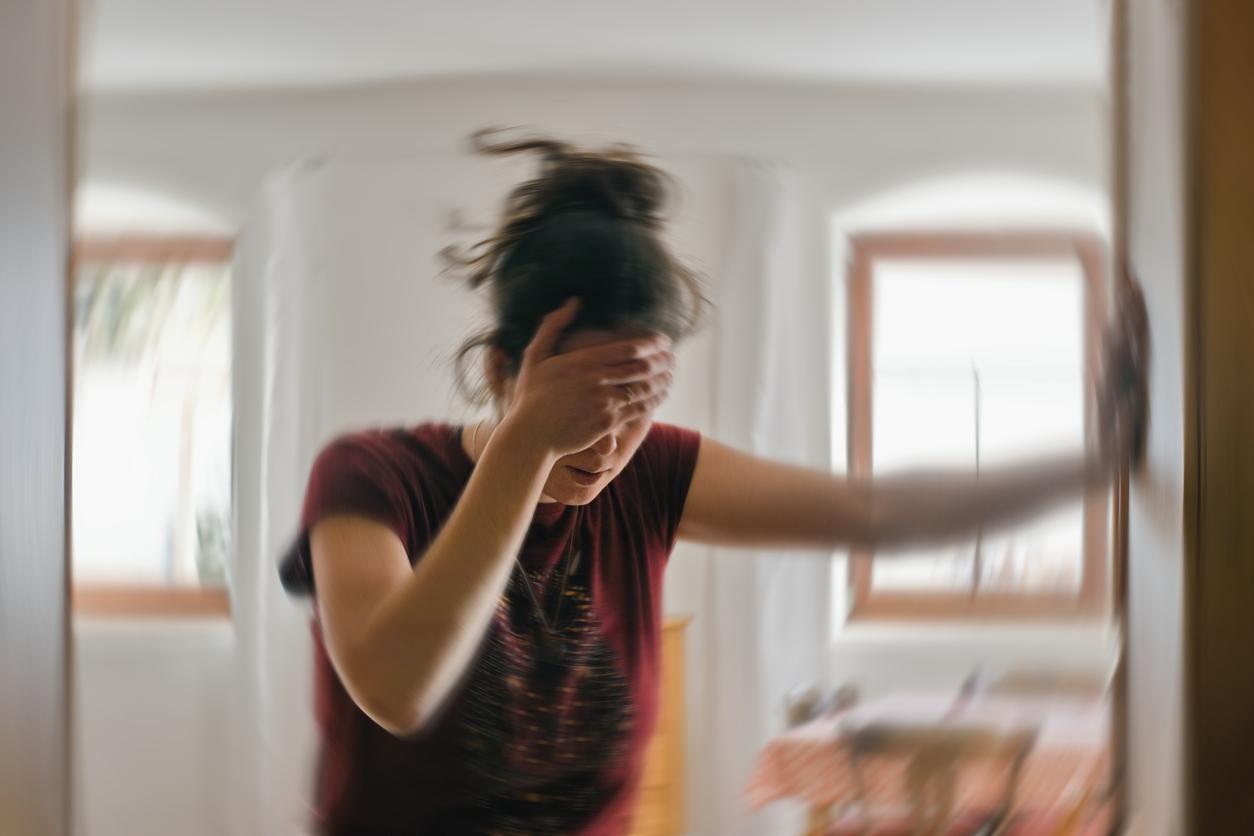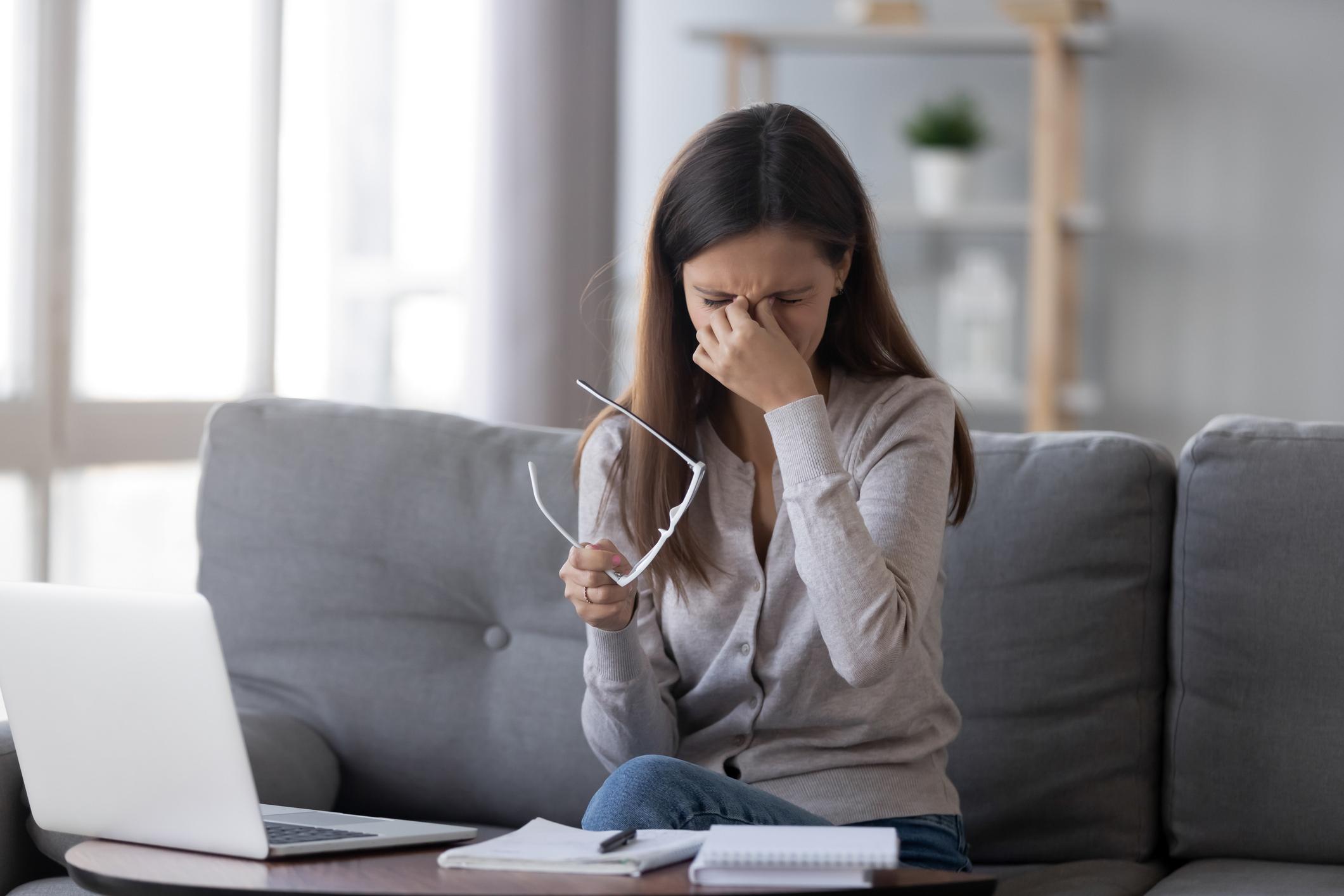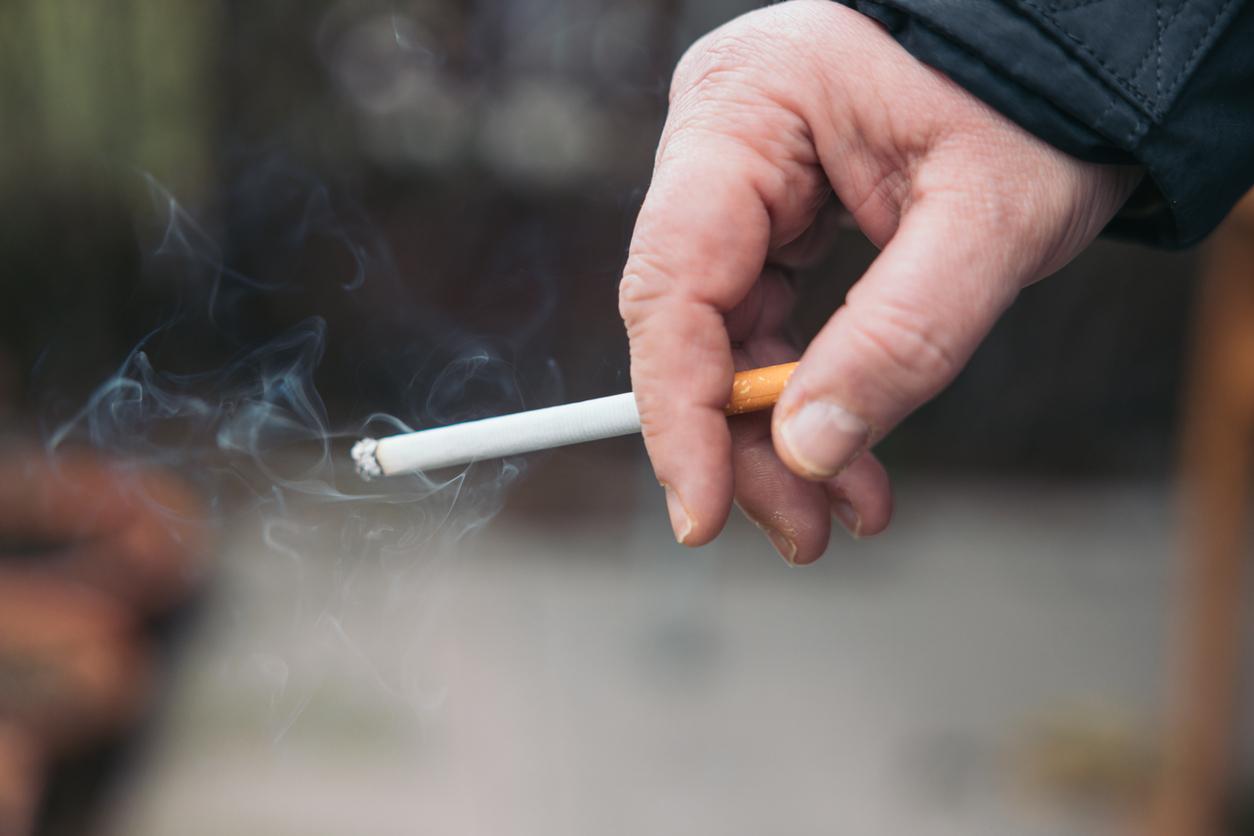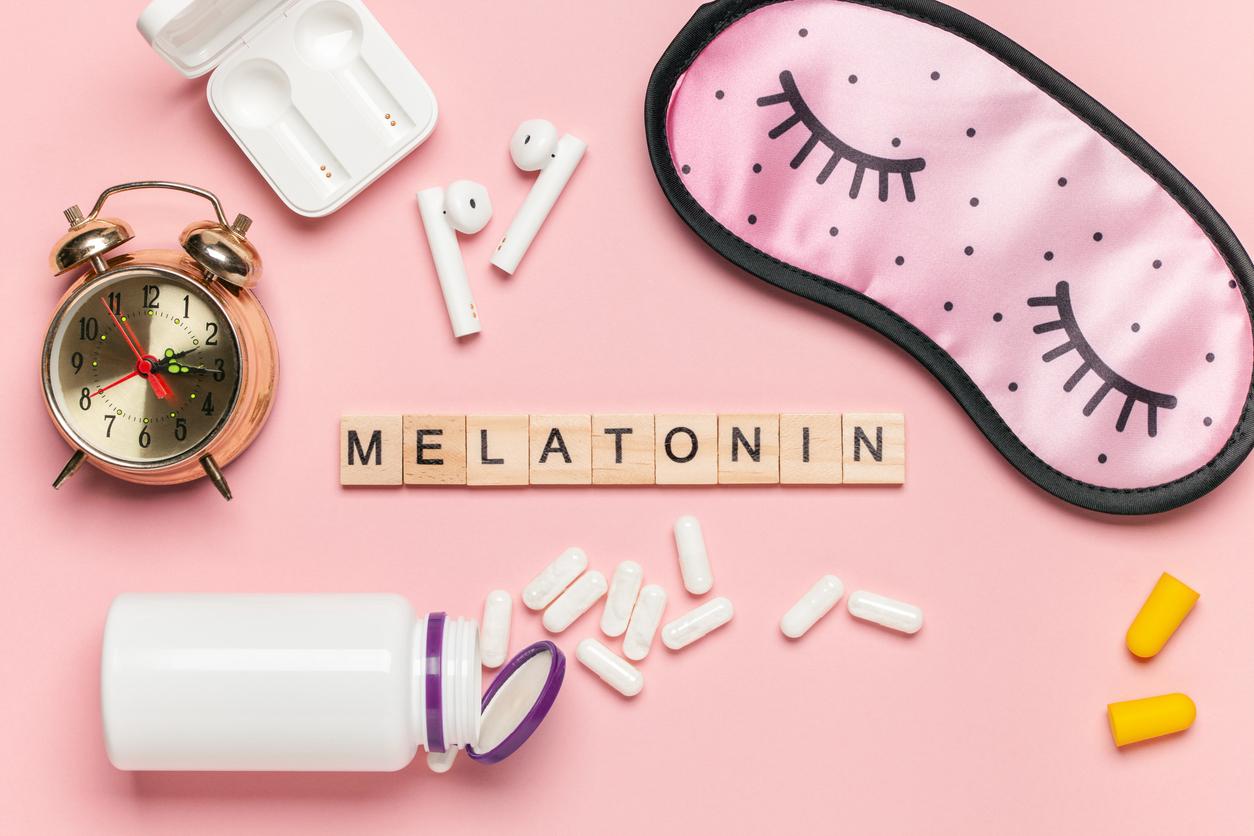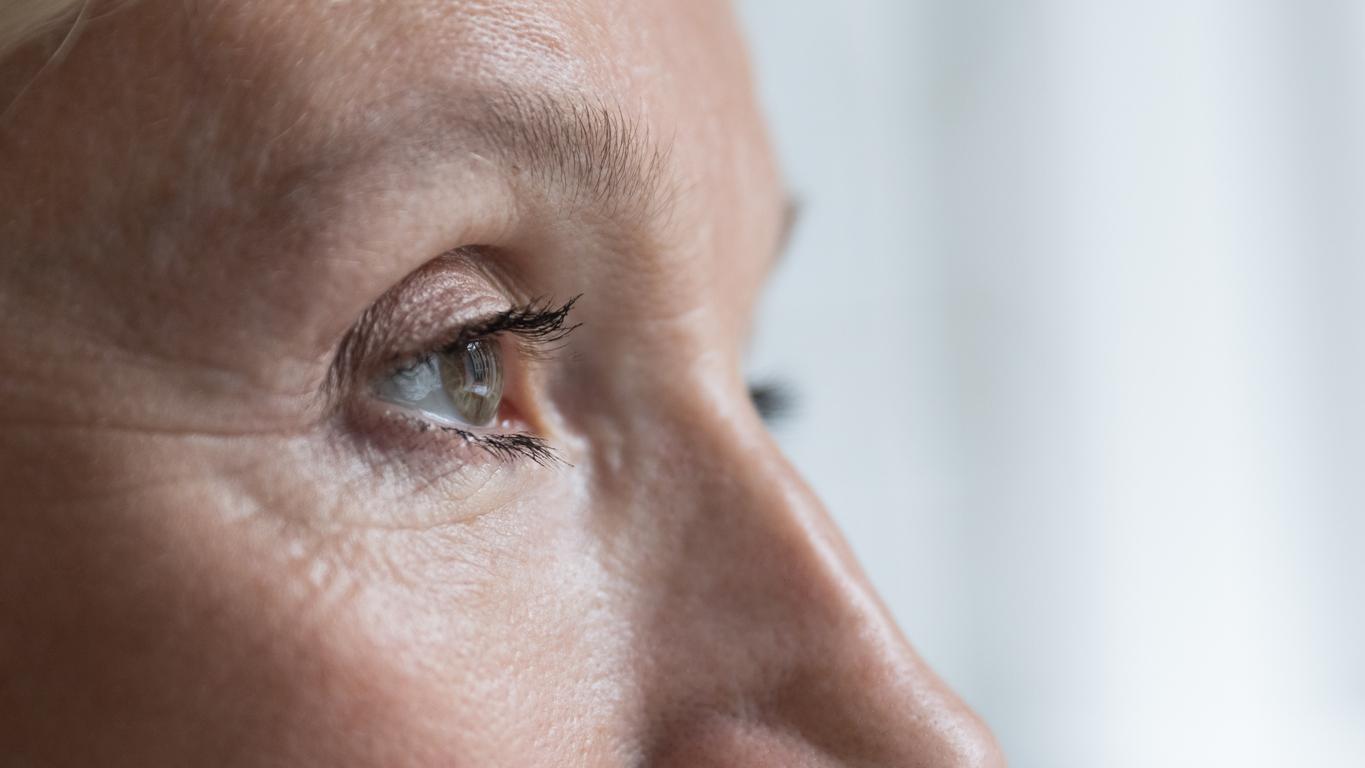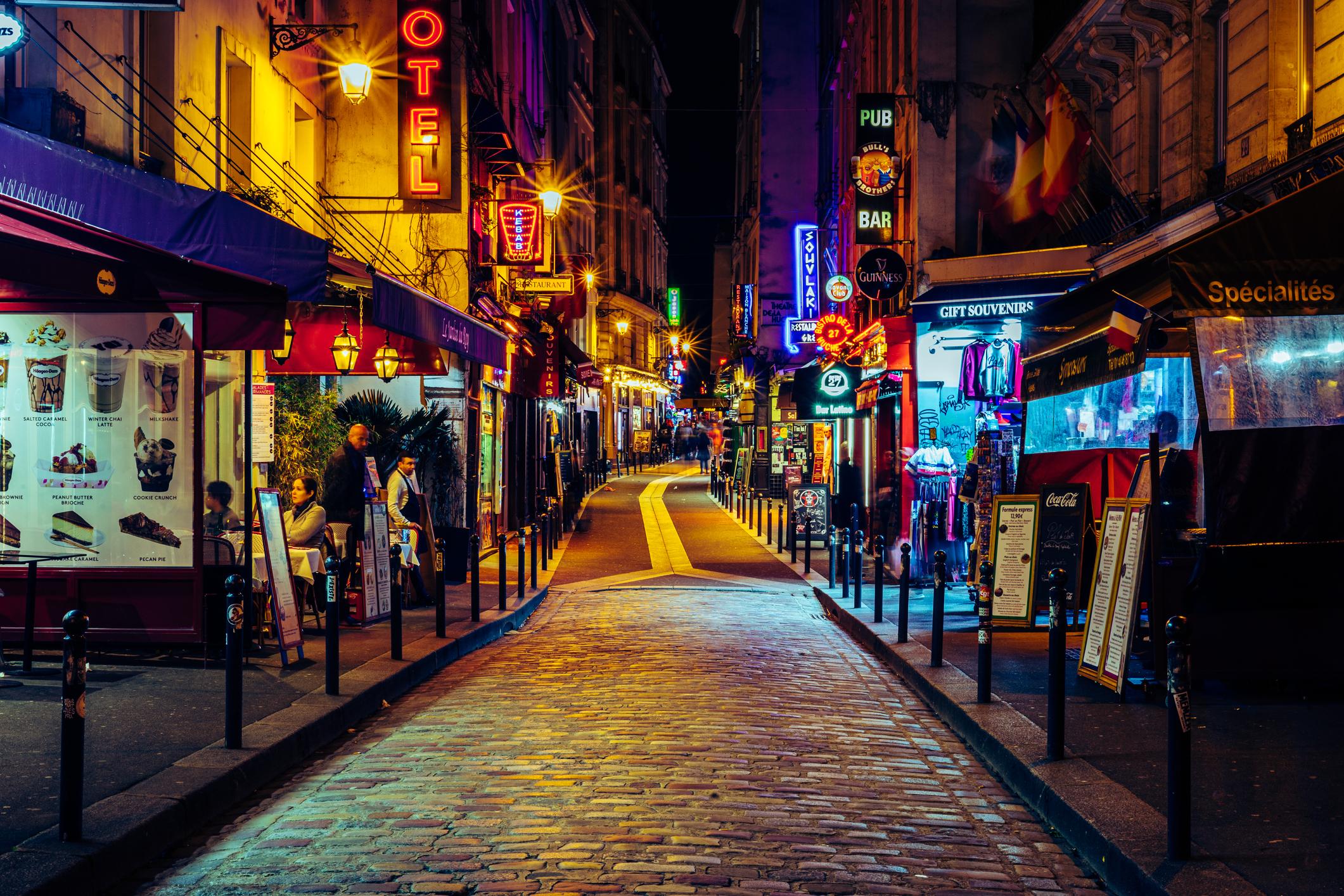It’s a ghost story as we like it, dating back over 100 years. In the United States, a family that spent the winter in an old house was confronted with a series of strange events, leading them to believe that their place of residence was haunted. But a scientific investigation has found a completely different cause for their misadventure. And there was nothing supernatural about it.
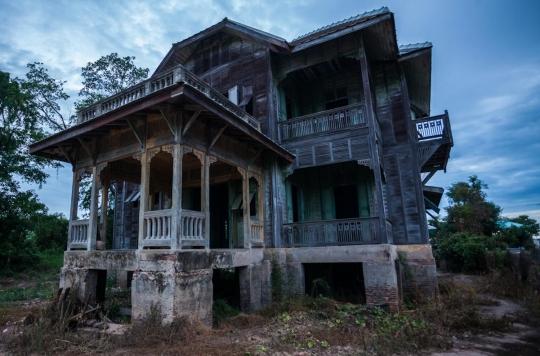
In 1912, the house of Mrs H and her husband G was reduced to nothing after a fire. Forced to find emergency accommodation to spend the winter, the couple moved into a dilapidated house, almost unoccupied for ten years. Quickly, Mrs. H. observes a strange phenomenon: the part of the house located on the side of the street was constantly sunny, while no light source seemed to penetrate through the windows.
But the story does not end there: the inhabitants of the house, joined in the meantime by their children, begin to hear strange sounds, to feel “invisible” presences around them and to have hallucinations. The family concludes that the house is haunted.
Determined to find a more “rational” explanation than a paranormal phenomenon, someone close to the couple decides to call on a scientist. The investigation is quick to provide an answer: the inhabitants were victims of carbon monoxide poisoning, a colorless and odorless gas which can be toxic to humans in the event of prolonged exposure.
A common symptom of carbon monoxide poisoning
According to the scientist, this exposure to carbon monoxide was linked to a faulty boiler, whose smoke residues would have entered the rooms of the occupants through the chimneys. Examinations carried out by an ophthalmologist on the children of the family a few years later confirmed this theory.
“Nothing, apart from exposure to toxic gas, could be found to be causally related to the ocular disturbance.“, explained the scientists in an article relayed by the American Journal of Ophthalmology in February 1921. If the story is not new, she is not the only one to have made color of the ink on this subject. Hallucinations are indeed a common symptom of carbon monoxide poisoning, so much so that they are frequently associated with “ghost stories” or “haunted houses”.
And if they undoubtedly constitute an excellent scenario base for horror films, these poisonings are nonetheless very dangerous. According to estimates from Public Health France, approximately 1,000 French households are victims of accidental carbon monoxide poisoning each year. A large number of these accidents take place in winter and are linked to failures or poor maintenance of heating appliances.
.








